This month, audiences can screen What Would it Look Like? (curated by Global Oneness Project) on the Planet Classroom Network.
What Would the World Look Like? from Director Emmanuel Vaughan-Lee is a 25-minute film retrospective that asks us to reflect on the state of the world and ourselves, and to listen more closely to what is being asked of us at this time of unprecedented global transformation. What if the world embodied our highest potential? What would it look like? As the structures of modern society crumble, where do we find solutions that can help us build the future that serves us all?
The film shares the perspectives of many people from many different walks of life. One of the thought leaders featured in What Would It Look Like? is Orland Bishop, the Founder and Director of ShadeTree Multicultural Foundation in Los Angeles, where he has pioneered new approaches to creating urban truces and youth mentorship.
The Global Search for Education is pleased to welcome Orland Bishop.
Orland, what inspired you to start the Shade Tree Multicultural Foundation and how would you describe its achievements so far?
Shadetree emerged as a social interest initiative to support young men who were gang affiliated and had the possibility of losing their lives to violence and prison. After meeting some of them in the community of Watts, California between 1987 and 1992, I initiated a social space to mentor them into alternative pathways for healthier life choices. Shadetree started with a gathering of young men and mentors in February, 1995. Over these many years, Shadetree has pioneered a mentorship process called the Genesis Pathway and supported the Watts Peace Treaty of 1992 between the Bloods and Crips of Watts and other cities. The Watts gang intervention model is now the design work for the current National Public Safety Initiative of the White House. One of the leaders from Watts is tasked with bringing the work of violence intervention to over twenty cities in the United States. Shadetree continues our consultation with many of these, now, national leaders with our work around the economics of peace.
Do the perspectives shared in What Would It Look Like? apply to your own work?
My work is to create “vital agreements of the heart.” This means to examine the assumptions we live by and how they manifest as reality. When we can see deeper into our motives, we can engage with trust and intention for a shared understanding of better choices. We can choose to co-invest in futures that have at their core a higher shared purpose. A better world is possible and probable with our choosing to interact with trust.
What do you hope audiences will take away from What Would It Look Like?
I hope audiences will see that we are looking at human choices and their outcomes. We can see each other as hosts of different points of views, not different realities. We are capable of giving meaning to our needs and as a result see the needs of others as a common good that we can serve. The “Oneness” of our world can begin with agreements and trust. Thank you for giving us this space.
Thank you Orland!
C.M. Rubin and Orland Bishop
Don’t Miss What Would it Look Like? (curated by Global Oneness Project), now screening on the Planet Classroom Network.

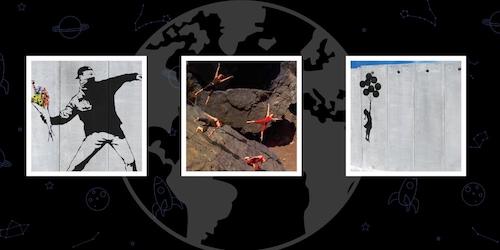
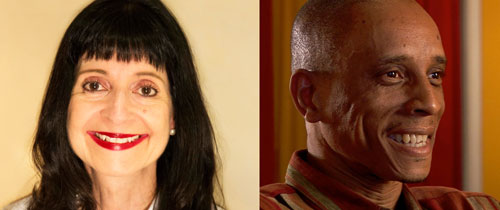
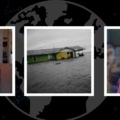
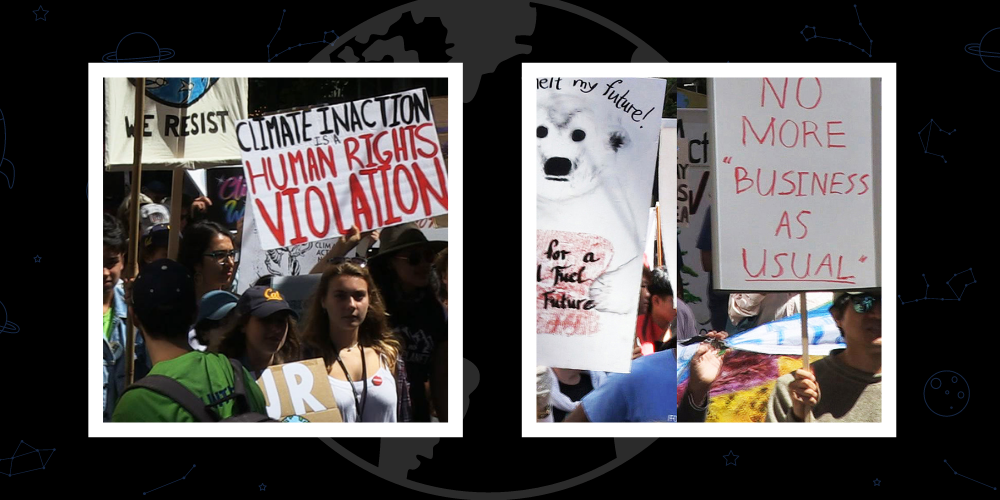
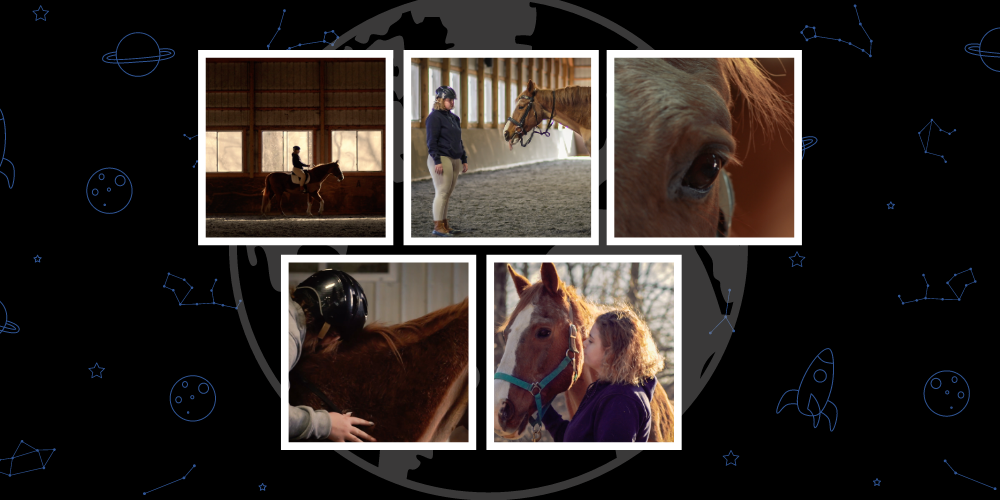
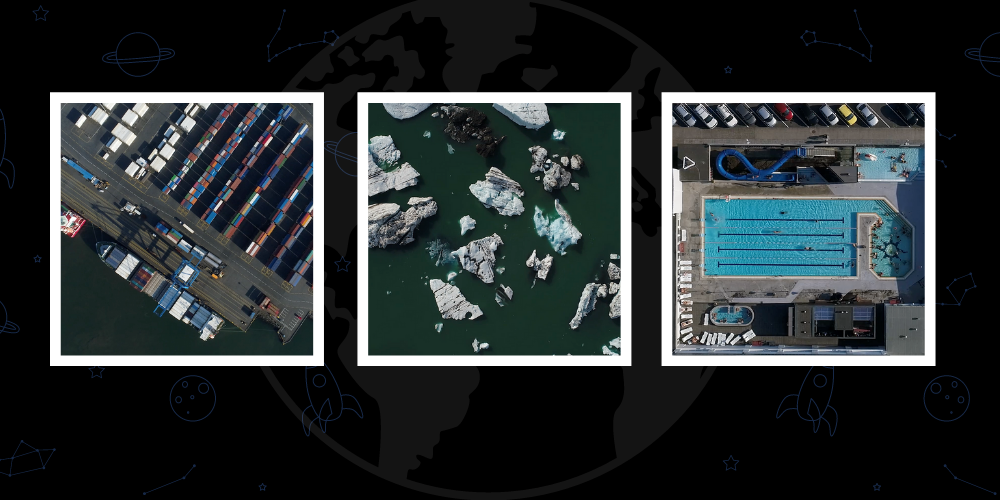
Recent Comments